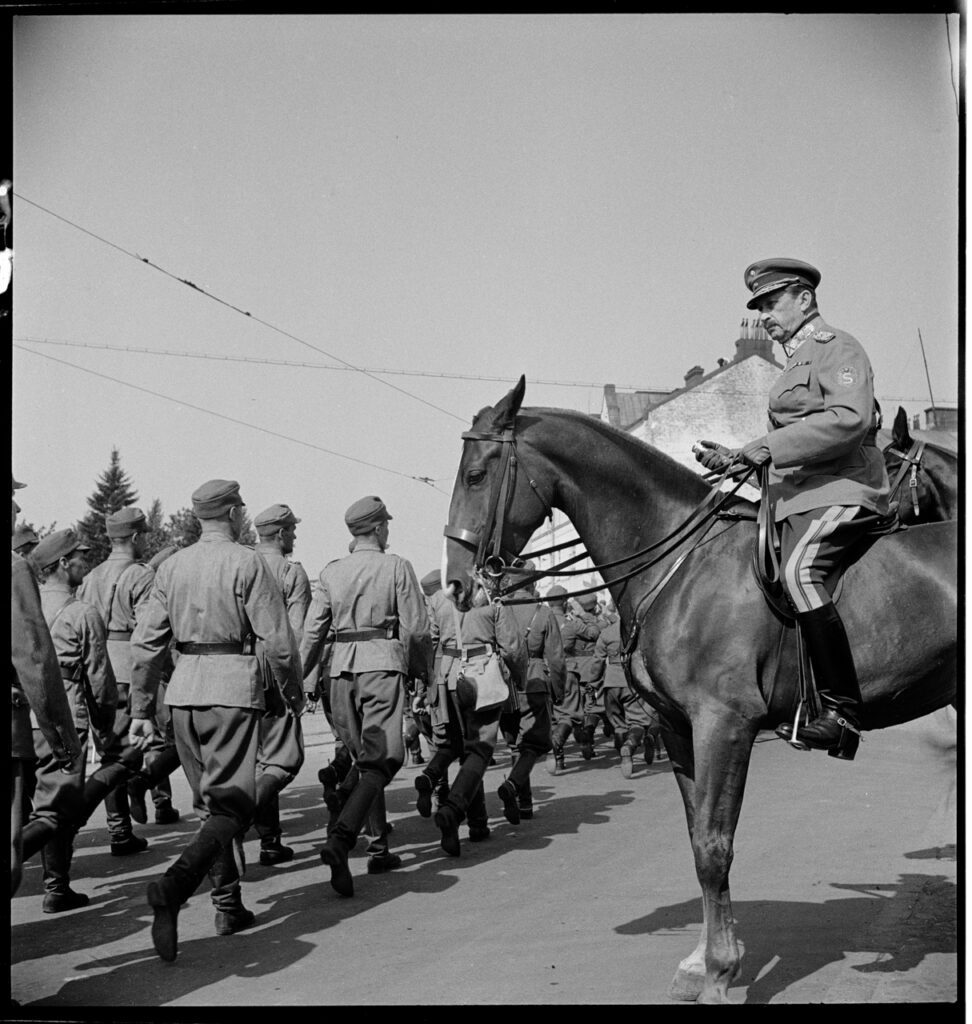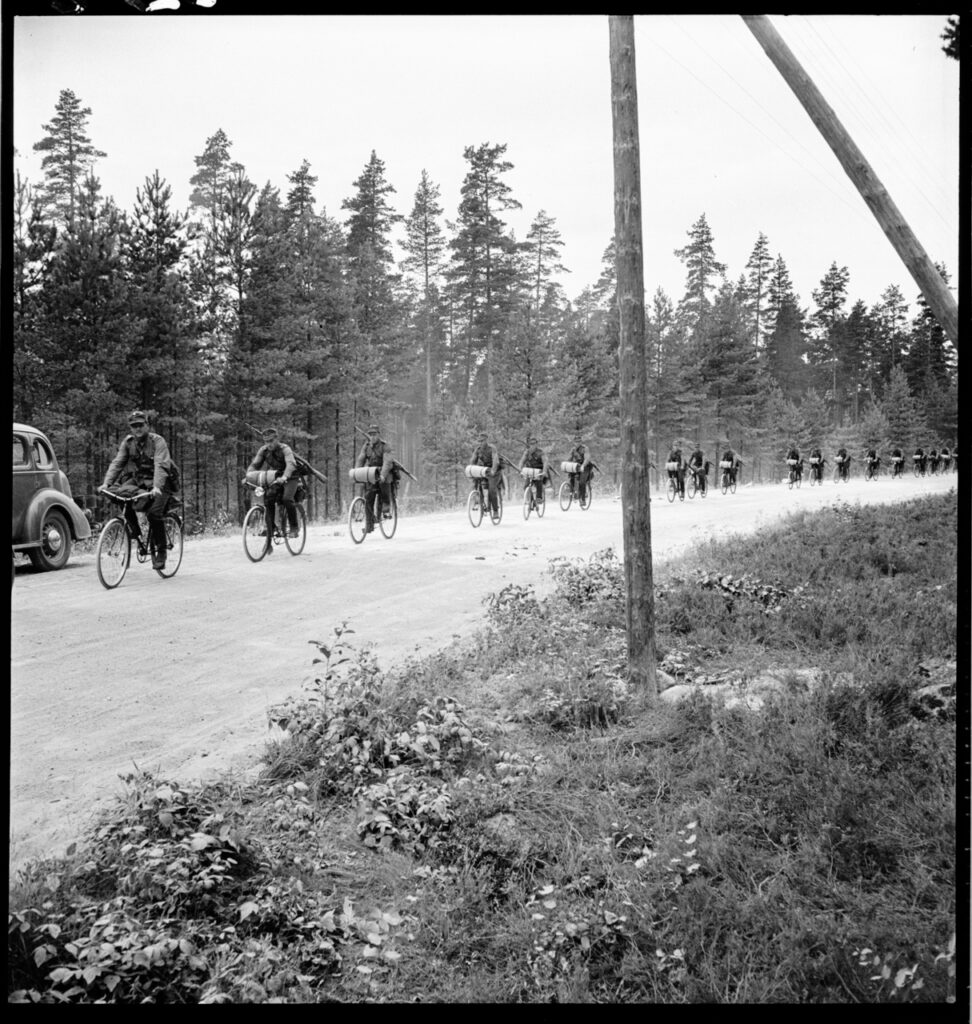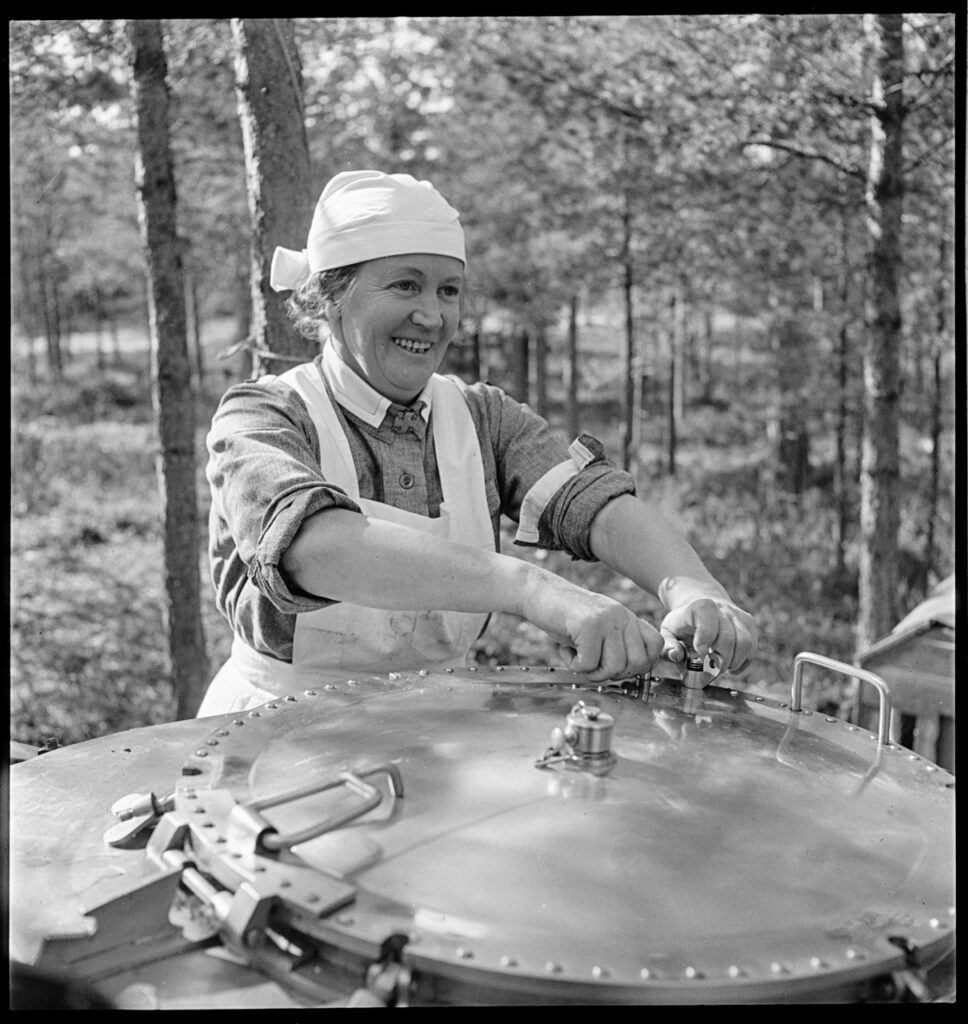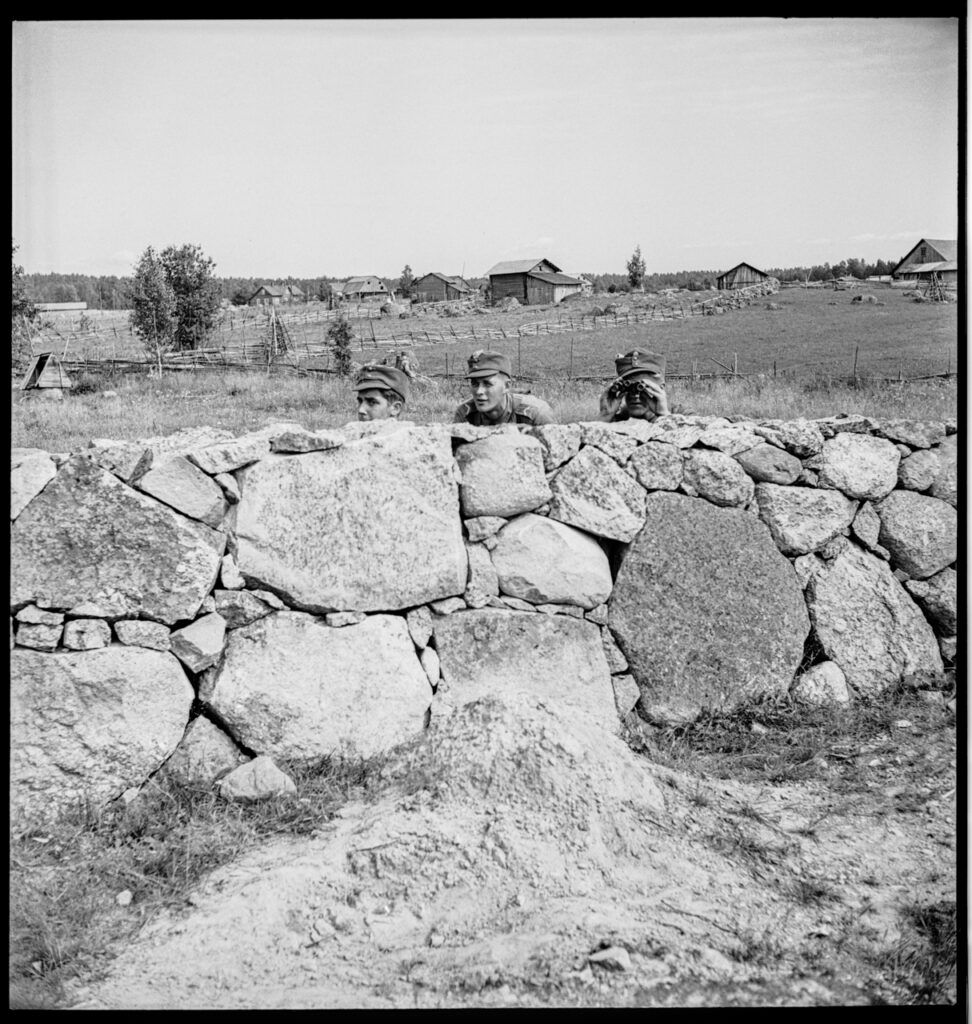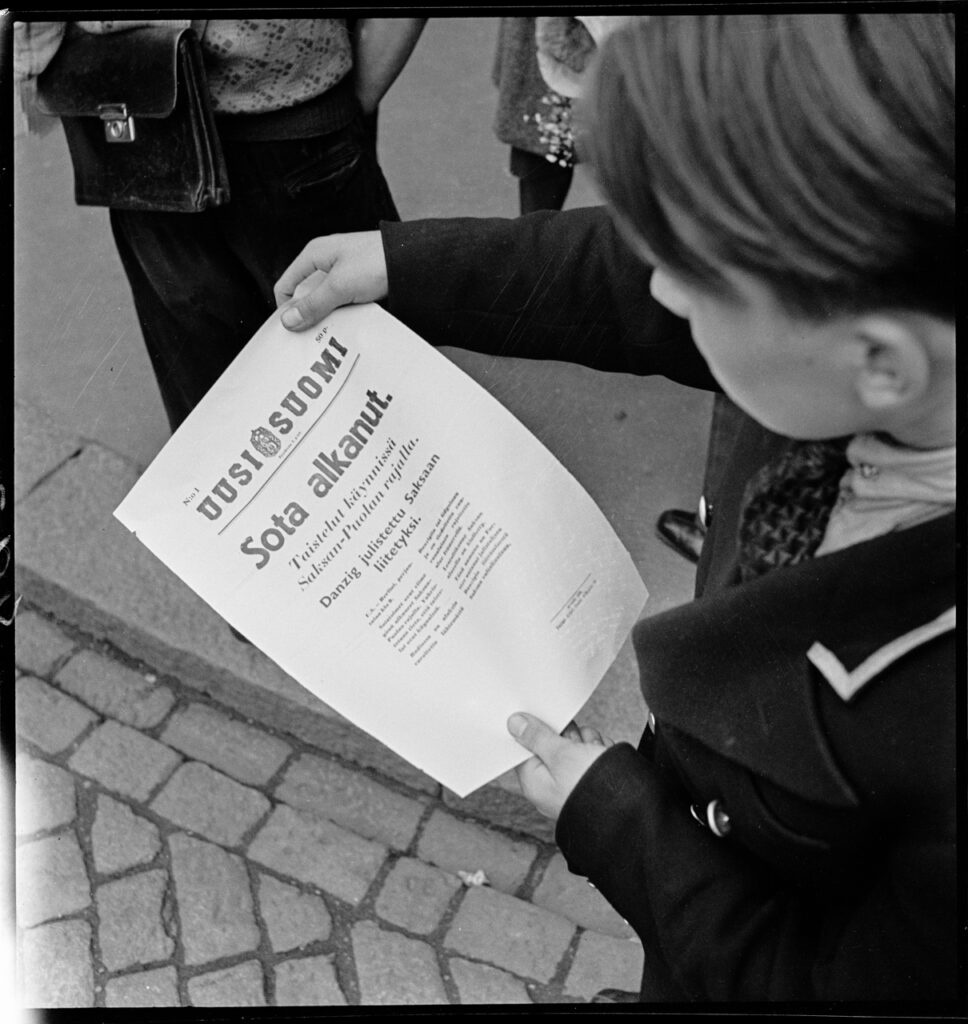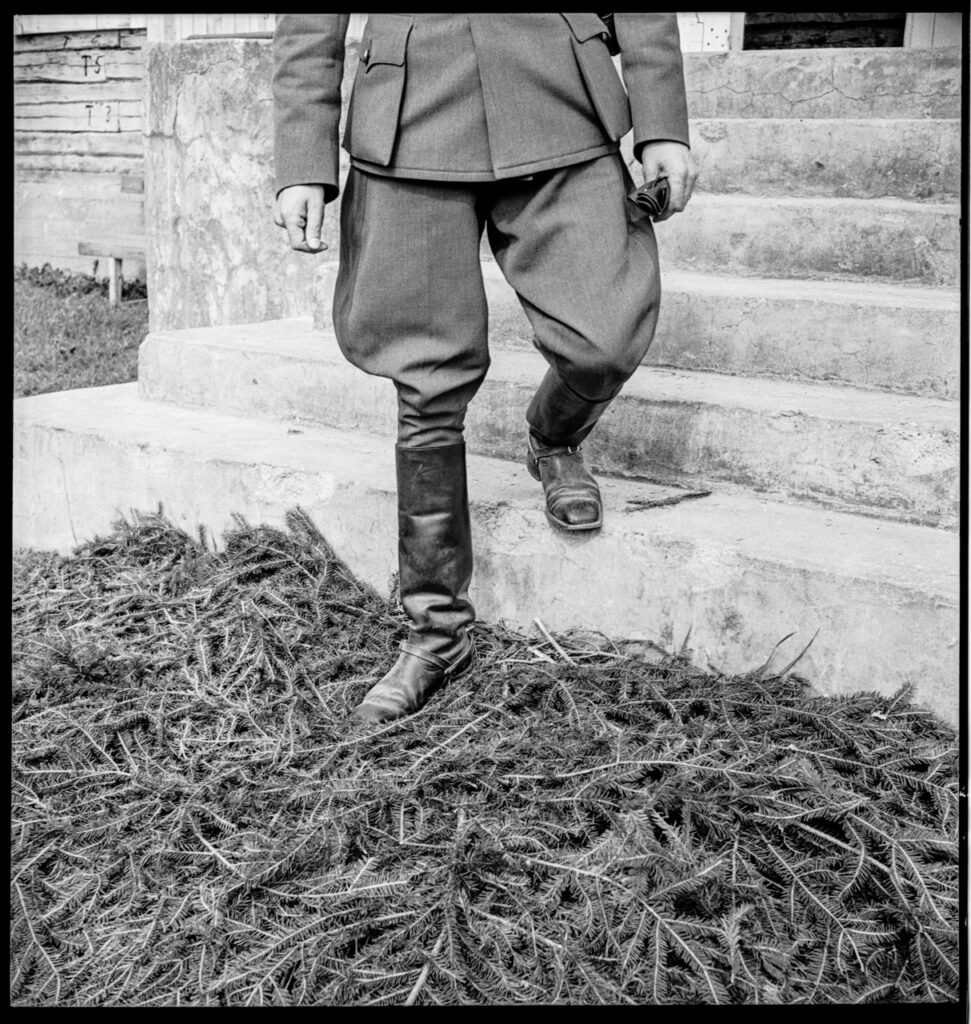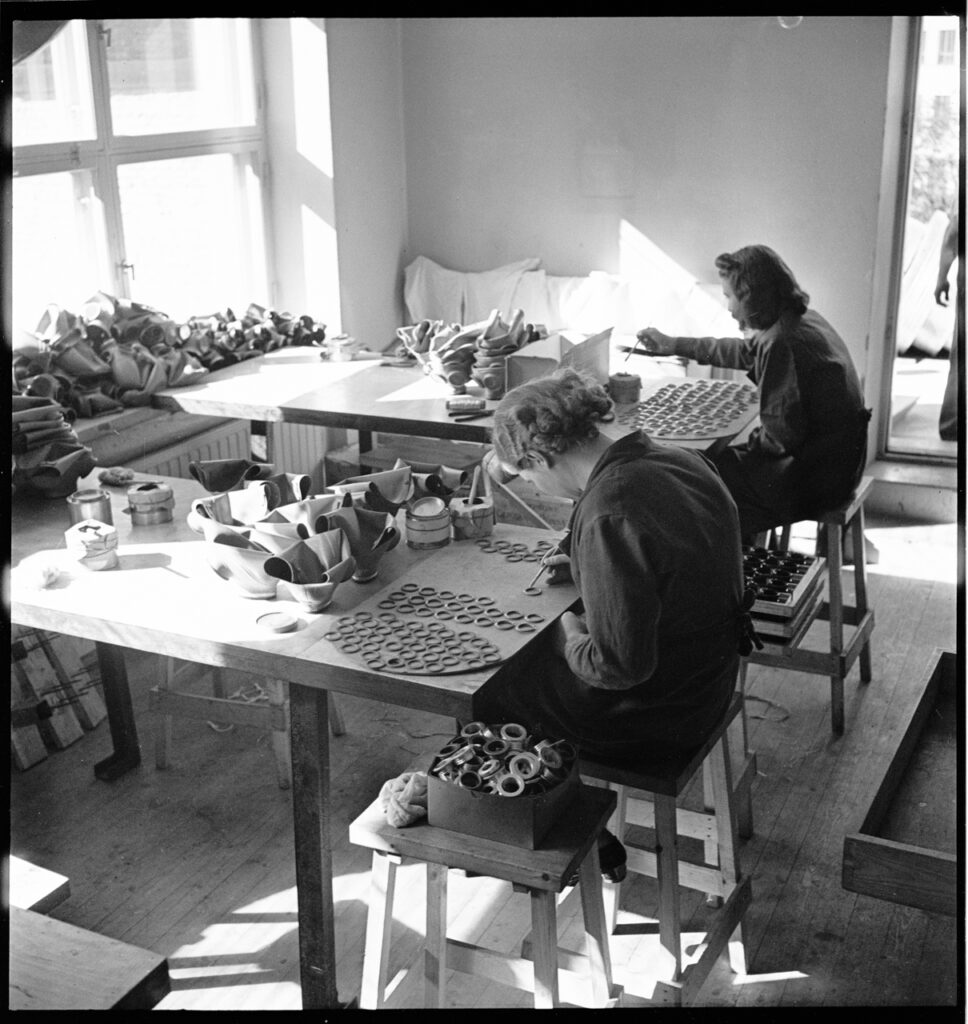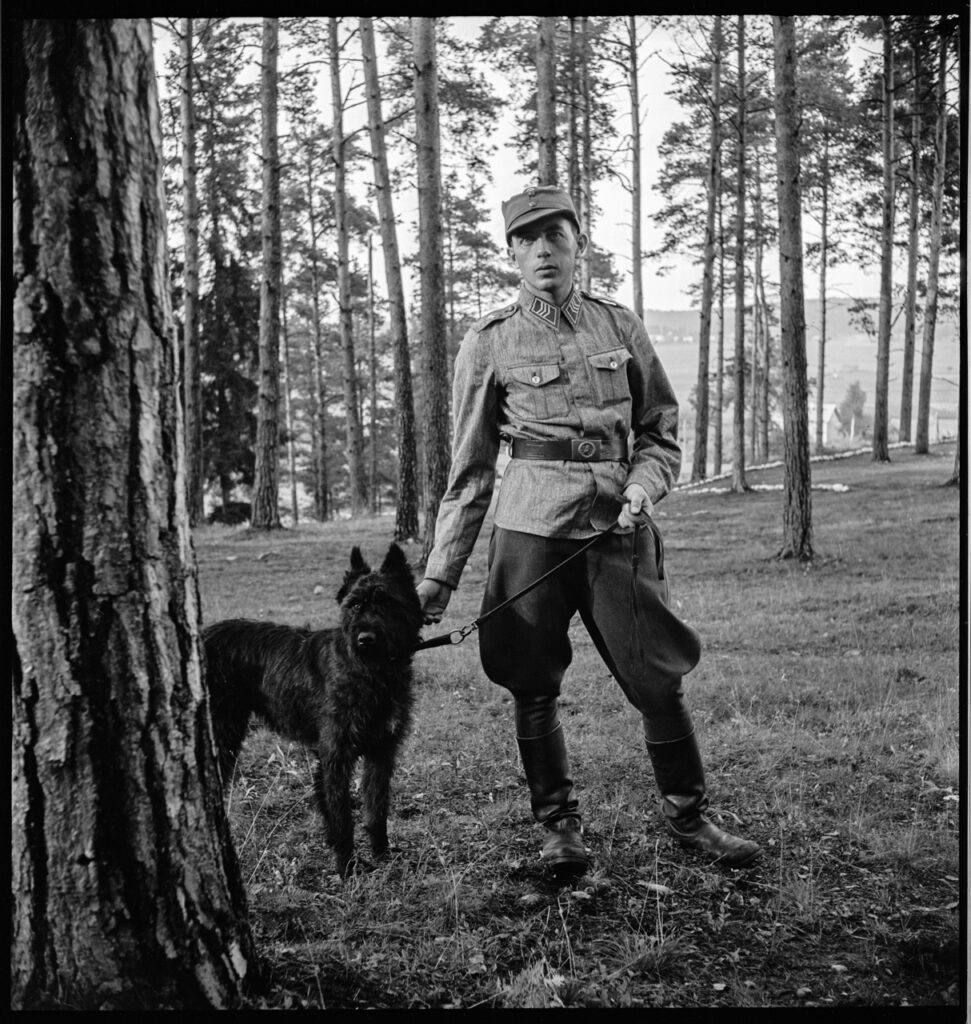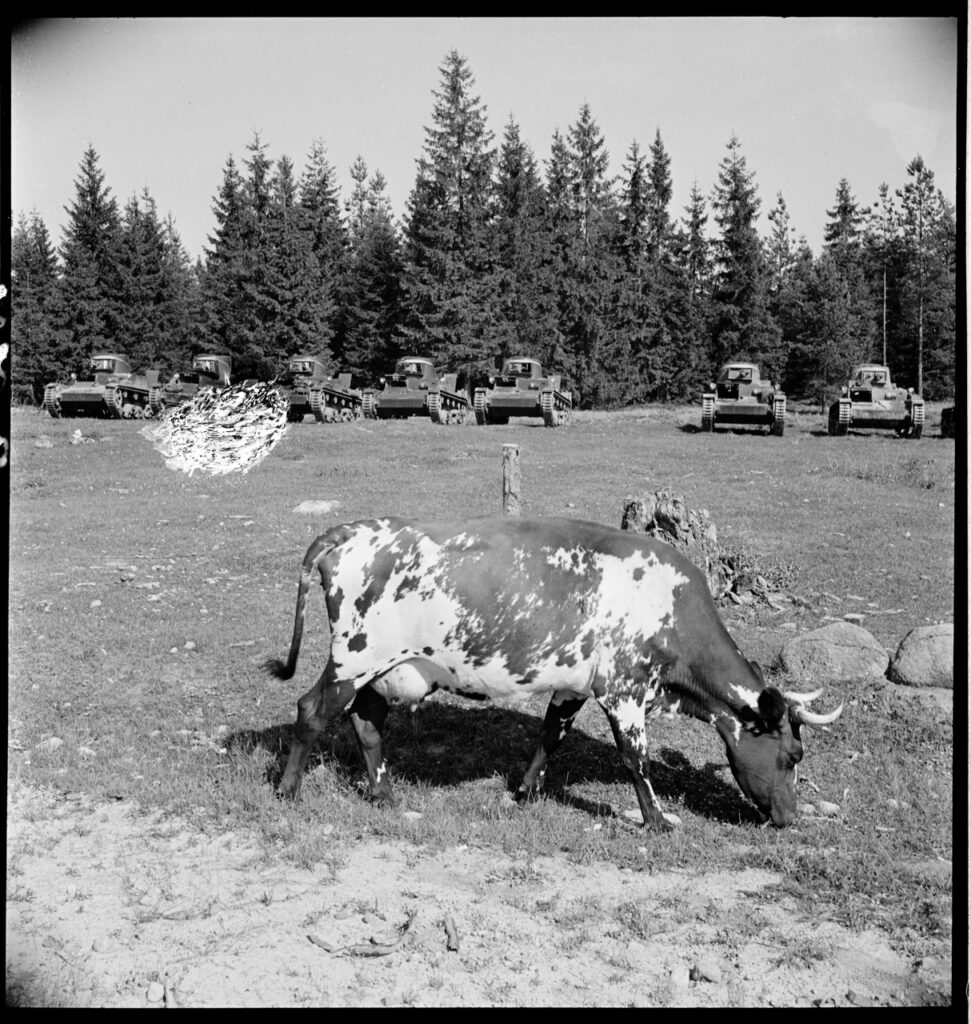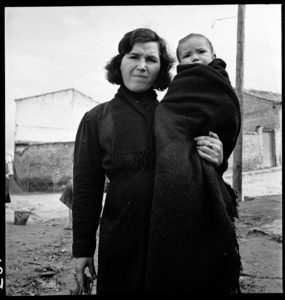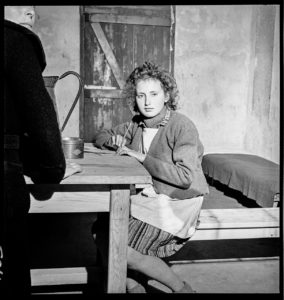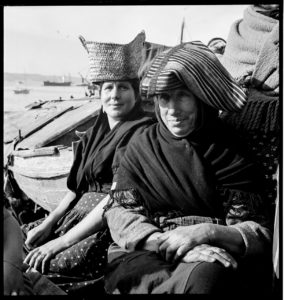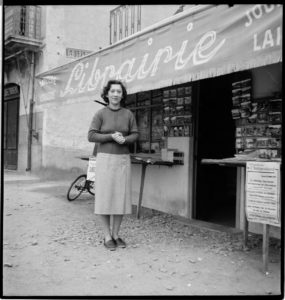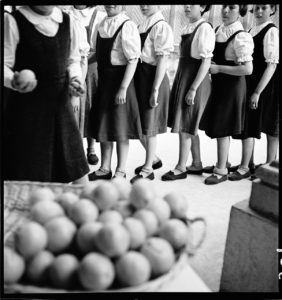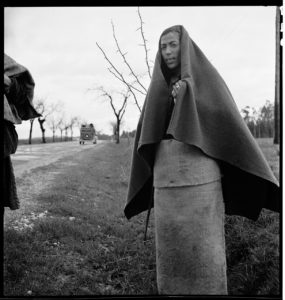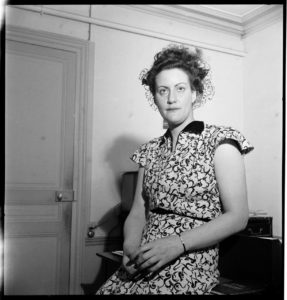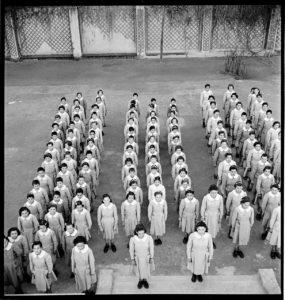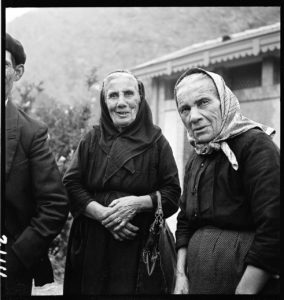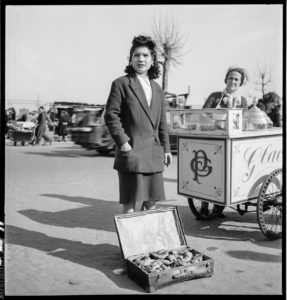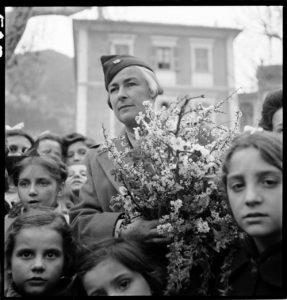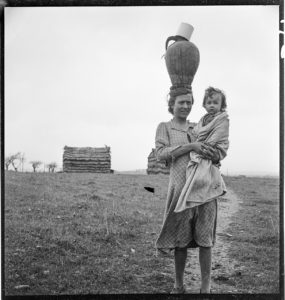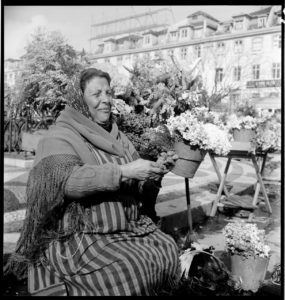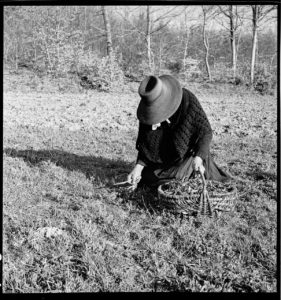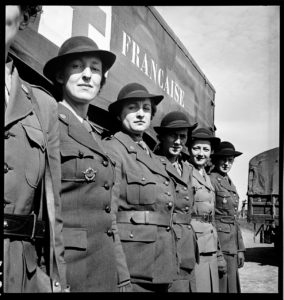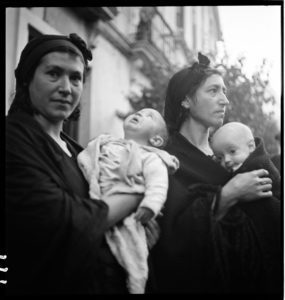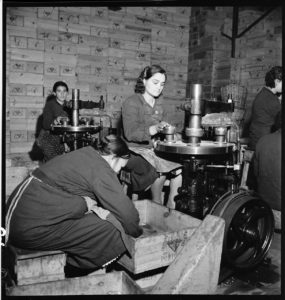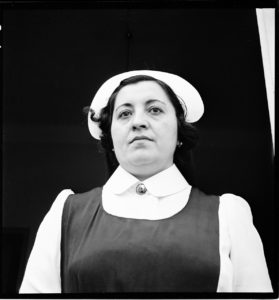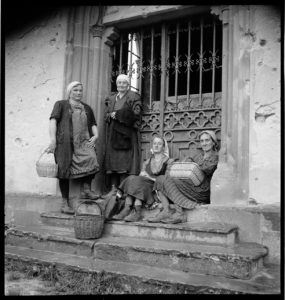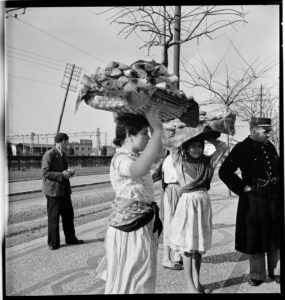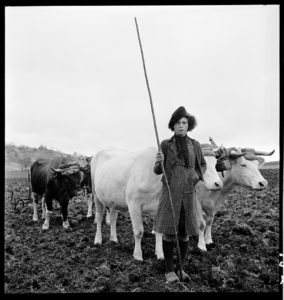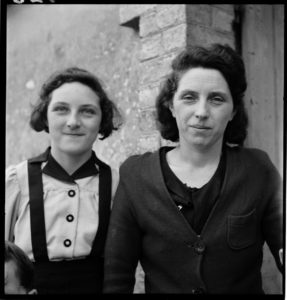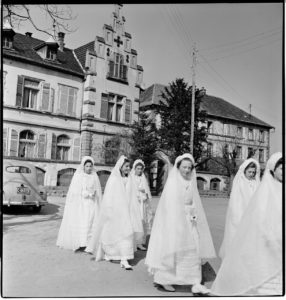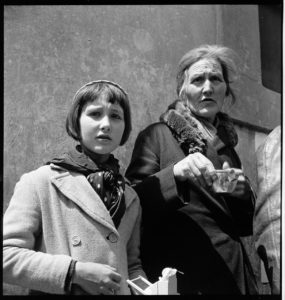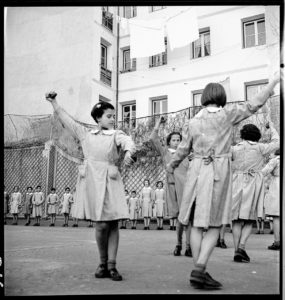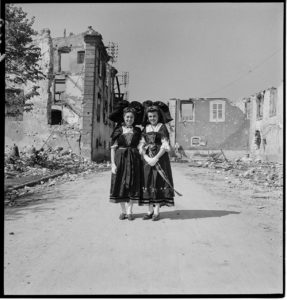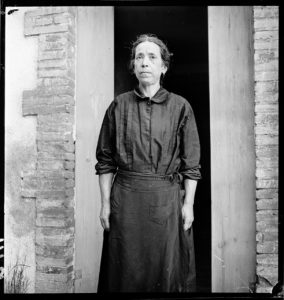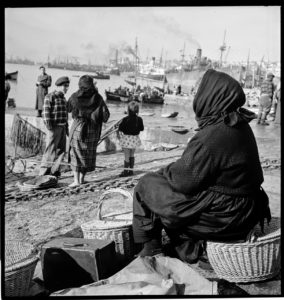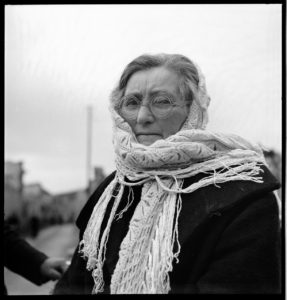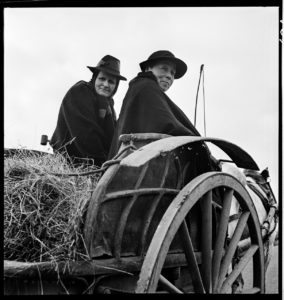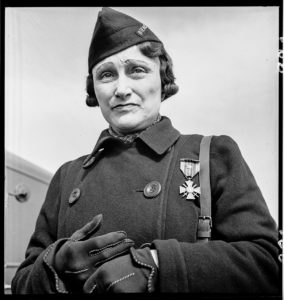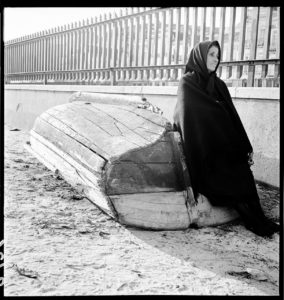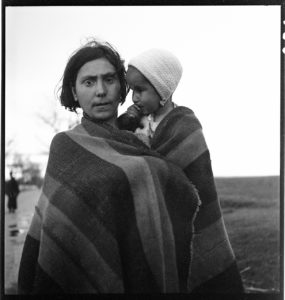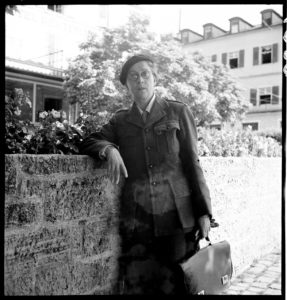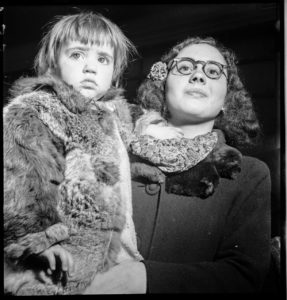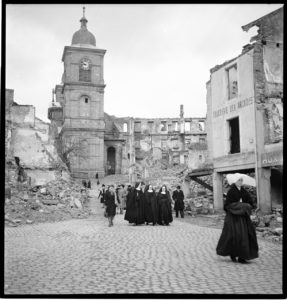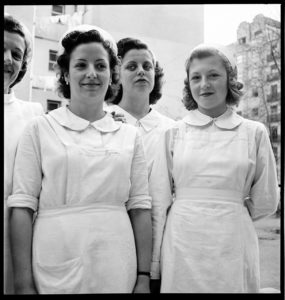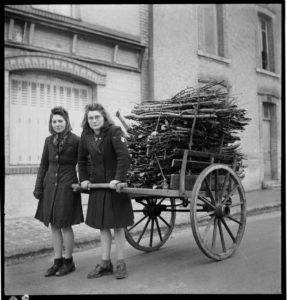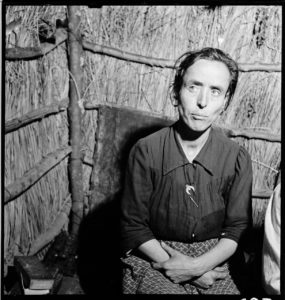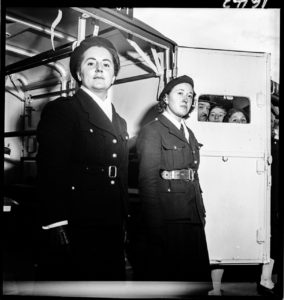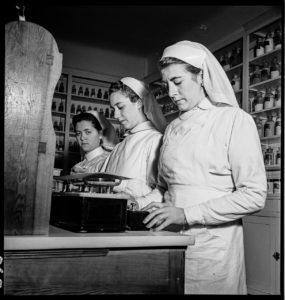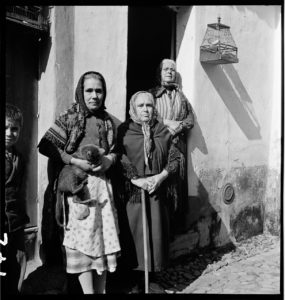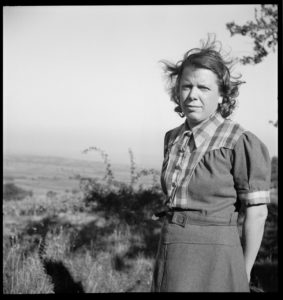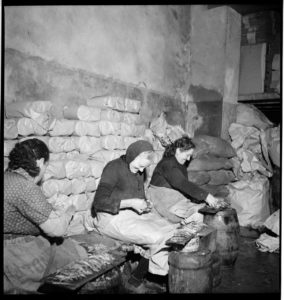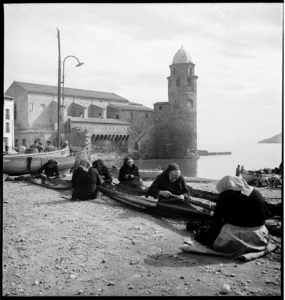Tag: women
Celebrating Women’s History Month: Rare Images of the Winter War by Photojournalist Thérèse Bonney
In the Autumn of 1939 Thérèse Bonney traveled to Finland to photograph preparations for the Olympic Games in Helsinki to be held the following year. Instead, she became a war correspondent. With World War II already underway, Bonney was one of few photographers in Finland as tensions with the neighboring Soviet Union grew. Bonney photographed Finnish military training operations leading up to the Soviet invasion on November 30, 1939. Throughout the ensuing Winter War she photographed civilian evacuations, relief operations, and meetings of Finnish leaders — work for which she was awarded the White Rose of Finland medal. The event would change the trajectory of her photographic career. Previously focused on French art and design, Bonney would go on to photograph throughout World War II, leaving an important record of the effect of war on civilian populations. Additional images of Bonney’s work in Europe during WWII can be seen in these previous postings: Wrapping up Women’s History Month: Selections from the Thérèse Bonney photograph collection at The Bancroft Library and Thérèse Bonney: Art Collector, Photojournalist, Francophile, Cheese Lover.
Still more is available via the Library’s Digital Collections site and the Finding Aid to the Thérèse Bonney Photograph Collection.
Primary Sources: Women and Transnational Networks
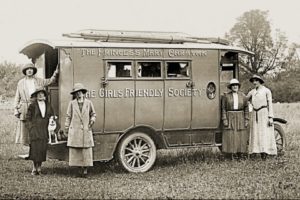
Issues of gender and class ignited nineteenth-century debate in the context of suffrage movements, culture, immigration, health and many other concerns. Using a wide array of primary source documents—serials, books, manuscripts, diaries, reports, and visuals—Women and Transnational Networks focuses on issues at the intersection of gender and class from the late-eighteenth century to the era of suffrage in the early-twentieth century, all through a transnational perspective. The collection contains deep information on European and North American movements, but also expands its scope to include collections from other regions.
Researchers and scholars will find rare content related to:
- Social reform movements and groups
- High and popular culture
- Literature and the arts
- Immigration
- Daily life
- Religion
Wrapping up Women’s History Month: Selections from the Thérèse Bonney photograph collection at The Bancroft Library
The Thérèse Bonney photograph collection at The Bancroft Library consists chiefly of documentary photographs taken throughout Western Europe during World War II. Bonney (Berkeley class of 1916) photographed all aspects of the war, but focused on its effects on the civilian population.
An active humanitarian, Bonney frequently used universal symbols in her work, allowing her images to speak beyond language barriers and leading their viewers to see beyond cultural differences. Her photographs of children were exhibited and published widely, influencing audiences to contribute to relief efforts for innocent victims of war. But the images throughout her archive feature another prominent symbol — women. Old women, young women, mothers, sisters, friends, neighbors; always at work, usually together, forever the epitome of personal sacrifice for the greater good. In honor of Women’s History Month, the Bancroft Library’s Pictorial Unit presents this collection of newly digitized images from the Thérèse Bonney Photograph Collection. The Finding Aid to the Thérèse Bonney Photograph Collection circa 1850-circa 1955 is available through the Online Archive of California. The finding aid includes digital images for Series 6: France, Germany 1944-1946. Images for Series 3: Carnegie Corporation Trip: Portugal, Spain, France 1941-1942 are coming soon, with a preview offered here!
Bay Area Women in Politics Oral History Project
This project is unique in that it focuses on women in one geographic region in order to get a clearer picture of the breadth of political work women have been doing on the ground and behind the scenes.
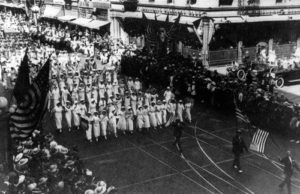
Nineteen ninety-two has been dubbed “The Year of the Woman,” a phenomenon in which a wave of women candidates swept local and national races for public office. California led this charge by becoming the first state in American history to be represented by two women senators—Barbara Boxer and Dianne Feinstein. And since 2016—after a presidential election that provoked heated debate about gender discrimination and sexual harassment—many women stepped up to the challenge of engaging even more visibly in the American political system. Since then, organizations like Emily’s List and She Should Run reported record-breaking numbers of women who wanted to make their voices heard by running for public office.
And yet, 1992 was not the beginning of women’s political activism, but rather the culmination of decades of organization encouraging women to get involved and run for office. For generations, Bay Area women have built the foundations of political activism that span neighborhood organizations to support networks. And their stories inform our present.
In order to document these stories, I am developing the Bay Area Women in Politics Oral History Project to record the history of these local women and their impact on and journeys through politics. The Oral History Center of The Bancroft Library at UC Berkeley continues to preserve stories about California politicians, but this project is unique in that it focuses on women in one geographic region in order to get a clearer picture of the breadth of political work women have been doing on the ground and behind the scenes. Documenting political engagement outside of traditional political venues will capture more stories about women in politics and a more diverse array of stories.
For instance, the pilot interview for this oral history project is with Mary Hughes, a Bay Area political consultant. In her interview, Hughes explained that “in politics and in political consulting, you either win races or you don’t. If you don’t win, no one hires you. If you do win, everybody wants to hire you.” Hughes’s successful career in the Bay Area spans decades and highlights the prominence of women in national politics. And though she does not wish to run for office herself, Hughes sees her role as someone who can best serve her community by managing the election process for political candidates—especially other women. Hughes’s recollections are an example of the kinds of stories that will drive this oral history project.

These long-form oral history interviews survey Bay Area political women’s backgrounds in and passion for political work through self-reflection. This format allows for comparisons between various avenues of political activism—like organizers and elected officials. It also reveals the importance of networks and mentors, and the impact they have had on women in the Bay Area political scene.
As engaged citizens, we need to know more about these women who helped create a space for themselves in Bay Area political life. Who are these women and what are their stories? From neighborhood organizations to national campaigns, what is the range of political activism in which these women engage? How has being a woman been a challenge or an asset to their political involvement? How have these women been working in the background of political life for generations? How does living and working in California affect political opportunities? What kind of political power do these women wield locally and nationally?
As we approach the hundredth anniversary of women’s suffrage, conducting oral histories with women activists and politicians in California’s San Francisco Bay Area will help shape the national narrative about women’s historic, current, and future roles in American political life. Further, gathering firsthand stories will help inspire and instruct a new generation of politically engaged women.
In addition to collecting primary source materials, The Oral History Center shares its collection with the general public through interpretive materials—like podcasts—and educational initiatives. Recording the contributions of these impressive Bay Area women—political fundraisers, organizers, and elected officials—through life history interviews is the first step in developing curriculum for workshops that cultivate young women’s political leadership. These workshops will use oral histories as a tool to foster civic engagement across the political spectrum, as well as to help develop confidence and skills of future women leaders. We also plan to create a podcast, a series of public forums, and a museum exhibit featuring these interviews.
We are currently raising funds for this project, and need your help to undertake the expansion of this ambitious oral history collection. You can support this project by giving to the Oral History Center. Please note under special instructions: “For the Bay Area Women in Politics Oral History Project.” To learn more about this project, please contact Amanda Tewes at atewes@berkeley.edu or 510-666-3687.
Amanda Tewes is an interviewer with The Oral History Center and specializes in California history and political culture.
The Oral History Center is a research program of the University of California, Berkeley. The OHC helps preserve contemporary history by conducting carefully researched video recorded and transcribed interviews. As part of UC Berkeley’s commitment to open access, archival copies of the audio/video and transcripts are placed in The Bancroft Library and are publicly accessible online.
Primary Sources: Women in the National Archives (UK)
Women in the National Archives includes original documents related to the suffrage question in Britain, the Empire, and the colonial territories, along with a finding aid to women’s studies resources located in the National Archives at Kew.
The focus of the collection is on the campaign for women’s suffrage in Britain, 1903-1928, and the granting of women’s suffrage in colonial territories, 1930-1962. They include papers on government and police handling of the suffrage question, photographs and descriptions of leading suffragettes, police reports on suffrage meetings and disturbances, petitions, newspaper clippings, extracts from Parliamentary debates, Cabinet opinion and Committee reports on franchise bills, including the work of the Equal Franchise Committee of 1927-1928. There are also various sources relating to the arrest of suffragettes, their transit in police vans and treatment in prison. Accounts from suffragettes and their supporters, and reports from prison authorities provide details of hunger strikes, the ‘Cat and Mouse’ campaign and forced feeding. Prominent suffragettes include Emmeline Pethick-Lawrence, the Pankhursts, Emily Wilding Davison, Clara Giveen and Rachel Peace (alias Jane Short).
The finding aid brings together the results of a five year project by staff at Kew and enables researchers to quickly locate details of any document relating to women in the National Archives at Kew. It is far more detailed and extensive than anything available elsewhere on the web and has the benefit of ranging across all of the classes of material held at the National Archives. The main topics include abortion, contraception, conditions of employment for women, divorce, domestic service, education, teaching and training, employment of women, equal opportunities and pay, health, marriage, maternity and child welfare, munitions work by women, nursing and midwifery, prostitution, single parent mothers, widows, women’s organizations and women’s suffrage.
Two Pioneering Women in California Wine: Zelma Long and Margrit Mondavi
We are pleased to release two new oral histories today as part of long-running series on the history of the California wine industry. Many know Margrit Mondavi as the wife of Napa Valley great Robert Mondavi, but what you might not know that she herself had a major impact on the wine industry: she was an early leader in innovative strategies to educate Americans about wine, food, and culture and to market California wine to taste-makers around the globe. Zelma Long, who we first interviewed in 1991, has left in indelible mark on winemaking in California through key posts at Robert Mondavi, Simi, and Chandon Estates, and, over the past twenty five years, on the global wine industry through consulting work in Germany, Israel, France, and her own estate, Vilafonte, in South Africa. These two interviews also mark the beginning of what we hope will be a reinvigorated wine oral history project — stay tuned for more!
Margit Mondavi was born in Switzerland in 1925 and raised in northern Italy. She married an American serviceman who brought her to the United States in the 1950s. In the early 1960s, they moved to Napa Valley, where her life?s work would really begin. She joined Charles Krug winery (owned by the Mondavi family) as a tour guide and, while there, pioneered the presentation of performances at the winery. She followed Robert Mondavi when he left Krug and started his own winery. A budding romance followed and she eventually married Mondavi in 1980. In this interview, Margrit Mondavi discusses her contributions to the development of wine education, marketing, and sales; she also discusses her combined interests in wine, food, and the arts, and how she brought those together at the winery.
Zelma Long, born in Oregon in 1945, is an American enologist and vintner. She attended the UC Davis School of Enology and Viticulture and worked for Long Vineyards and Robert Mondavi Winery, which she served as chief enologist during the winery?s 1970s heyday. In 1979 she was hired to be chief winemaker at Simi Winery in Sonoma County, eventually becoming president and CEO of the winery. While planning for her retirement from Simi in 1996, she and her husband, viticulturalist Phil Freese, started Vilafonté winery in post-apartheid South Africa. In a separate interview released in 1992, Long discusses her years at Mondavi and Simi; in this interview, Long reflects on the history of winemaking in California and the role of women in the industry; the focus of this oral history, however, is the building of Vilafonté and her work as a consultant to many wineries around the globe.
Primary Sources: The Bassi Veratti Collection
From Stanford Library’s News Release:
“In the eighteenth century, Laura Bassi was a scientist, professor at the University of Bologna, and member of the Bologna Academy of Sciences. Among the very first female professional scholars, her life (1711-1778) and work can tell us much about the personal and professional lives of early women scientists, their place in Enlightenment intellectual networks, as well as the spread of Newtonian physics in the Italian peninsula. Stanford history professor Paula Findlen is currently completing a scholarly biography on Bassi, while the Stanford University Libraries – in partnership with the Biblioteca comunale dell’Archiginnasio di Bologna and the Istituto per i Beni Artistici, Culturali e Naturali della Regione Emilia-Romagna – has brought Bassi’s family archive to the web.”
“The Bassi Veratti Collection web site developed and hosted by Stanford Libraries features high-resolution digital images of the complete contents of the Bassi e famiglia Veratti Archive in a robust discovery and display environment. This remarkable project undertaken by the Digital Library Systems and Services department is notable for the extent of cooperation with colleagues in Bologna. A fully bilingual website, it showcases the way that new technologies have enhanced the traditional print archive. 672 letters, diplomas, poems, and other documents have been digitized, while the richly detailed inventory created by Archiginnasio archivists has been transformed into a bilingual and fully-indexed search engine to the collection. These two components have been seamlessly united in an intuitive and well-designed scholarly website.”
